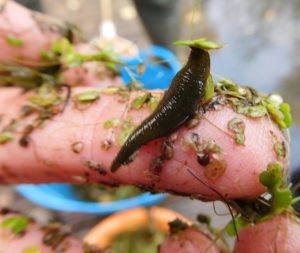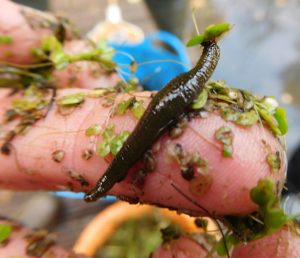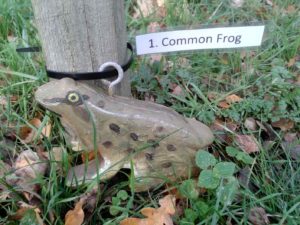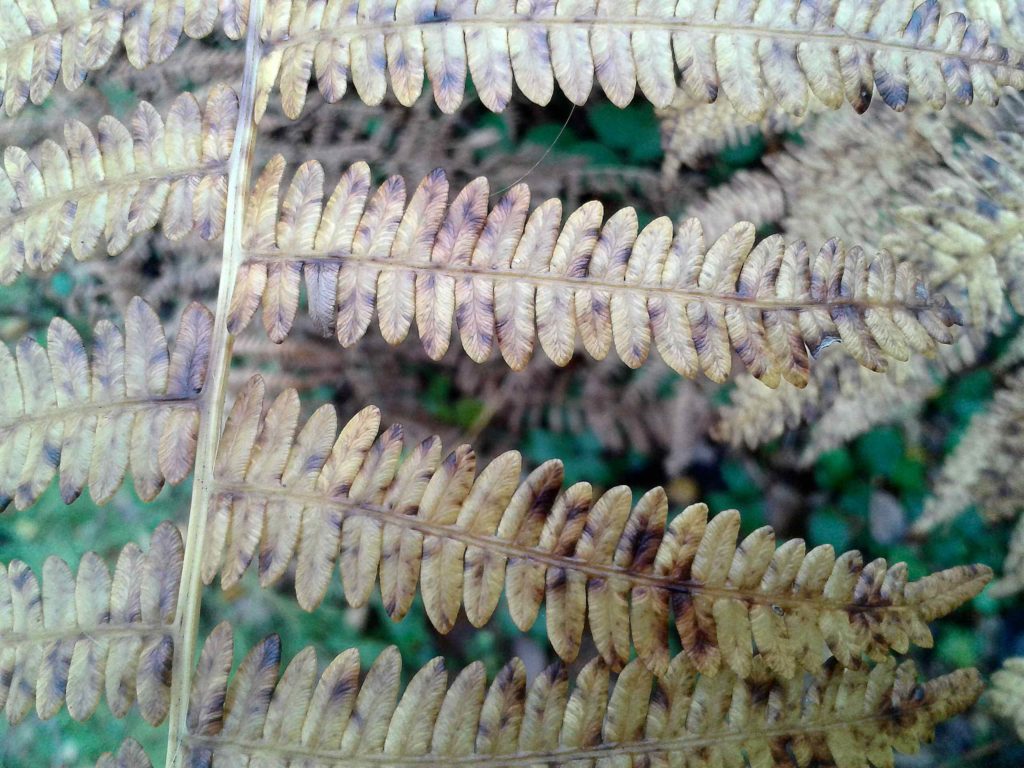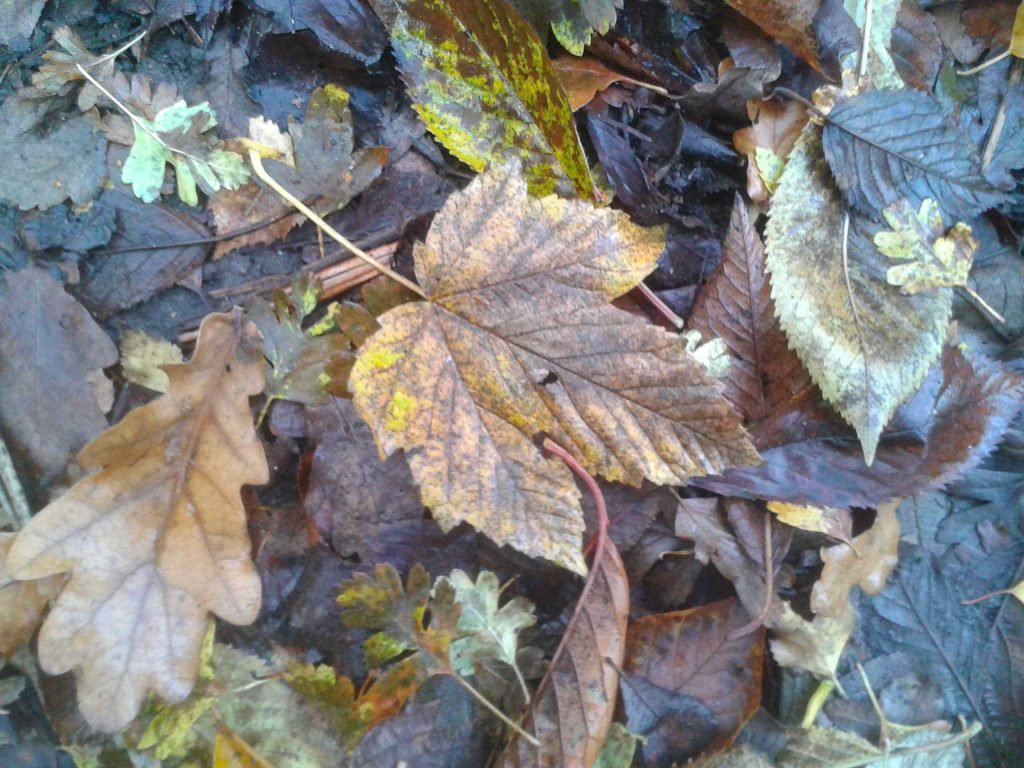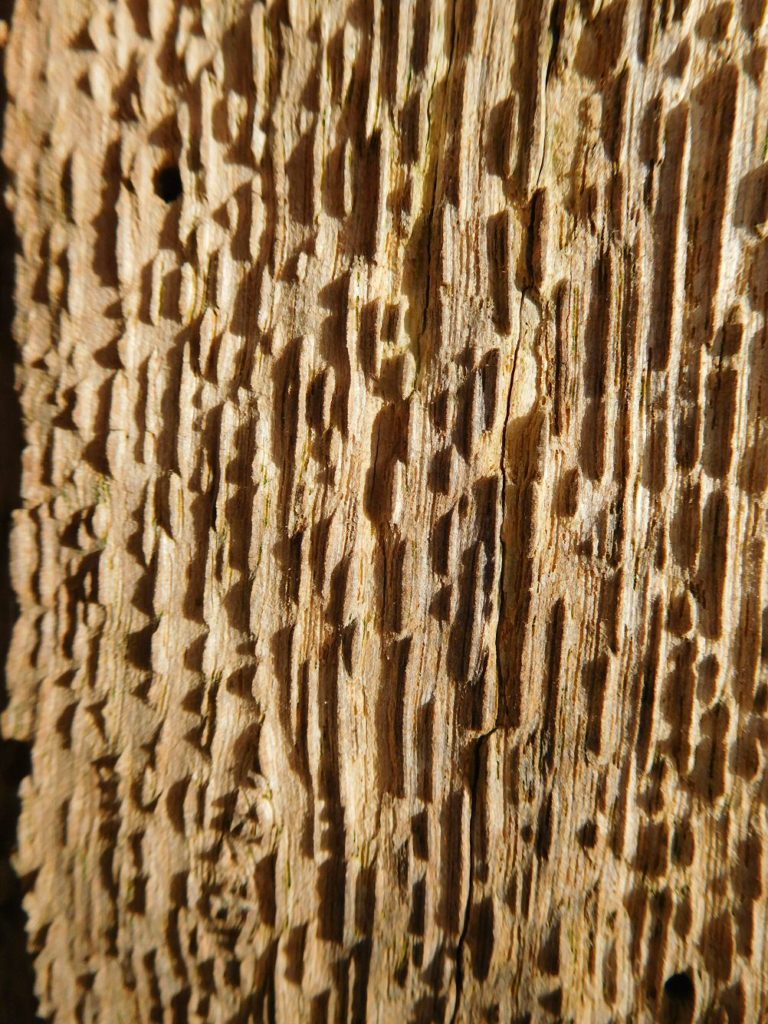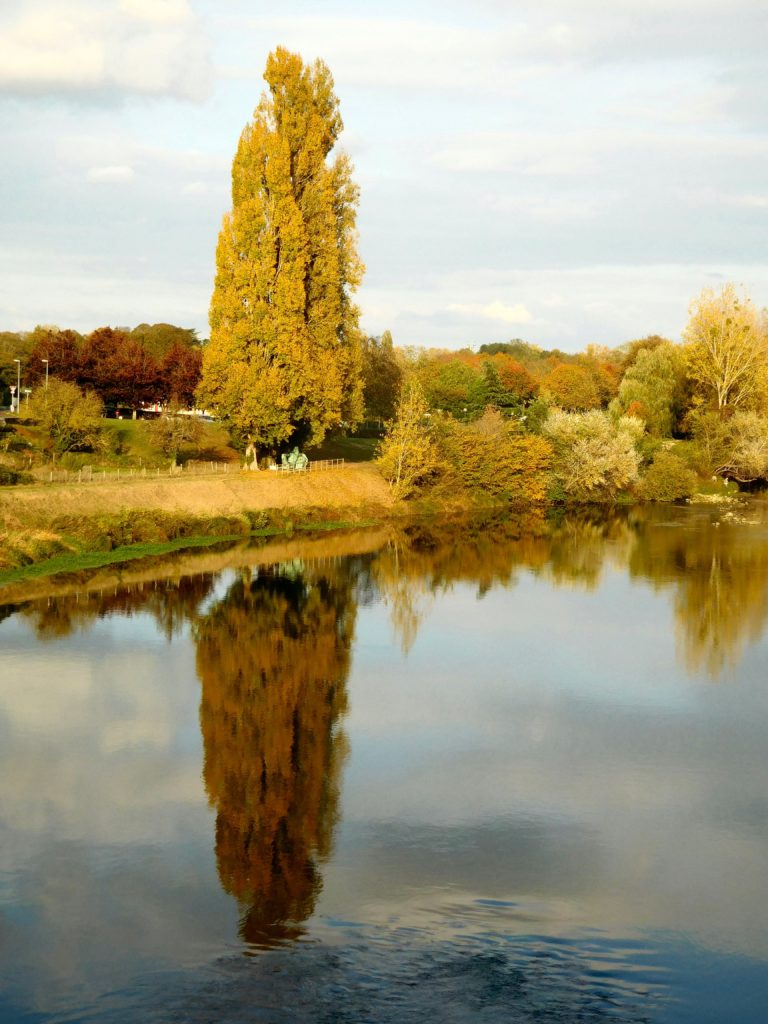
All posts by Ian Alexander
Charming Wooden Animal Trail at Gunnersbury Triangle

Netty found some dusty but very well-made wooden animals, complete with attachment rings, evidently designed for use on a Nature Trail. She repainted all of them and we hung them around the reserve. The camouflaged animals – the newt and the frog – seemed to ‘work’ the best. We hope the children will have fun going around with their parents to find them. One or two may be quite difficult!
It wasn’t all wooden animals. As it happens, we saw some of the real things, November or not.

[Spoiler alert!] We went down to the pond to affix the Dragonfly, and spotted a small limp orange shape floating apparently lifeless at the surface…

Then we started mowing the Ramp Meadow with its remarkably fine stand of Evening Primroses …

… and found a real frog, escaping the scythes and boots.

The Forest School decorated Christmas Candles very gracefully.
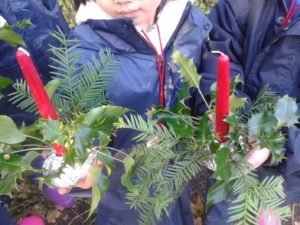
Late Autumn Leaves
Bughunters at work – with a rare spider



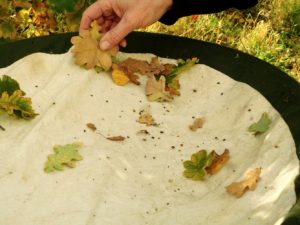
Pond-Skimming Reveals Hornwort, Newts, Pondweed, Water Scorpion, Leeches

We spent the time skimming off as much of the duckweed that was blanketing the surface of the pond as possible using pole nets. The idea is to let light filter down to the bottom of the pond to encourage the more delicate pondweeds. In the process, we had a good opportunity to check the status of some of the pond life that we don’t usually get to see, as the underwater plants are rather few beside the boardwalk – most likely because the continual sampling keeps them from growing much. But the rest of the pond is another story.

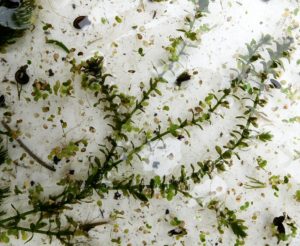


There were at least two kinds of damselfly nymph, possibly bluetail and azure damselflies, judging by a pondside look at the book without a handlens. The little camera in close-up mode is just about capable of resolving detail at this scale, given good light. The various damselfly nymphs have differently-shaped tail appendages, which the book says are diagnostic.
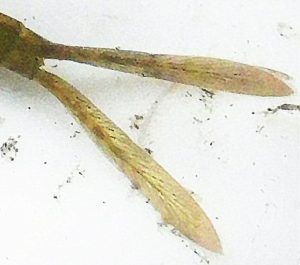
We also caught a newt or two. We carefully put all the minibeasts and interesting bits of pondweed back in the water.

